I just bought a 5-32 volt bench power supply with analog volt and amp displays yesterday. The device is an Astron VLS-10M. I just blew the supply while trying to charge a 150F capacitor with the current on full. I had a look inside, and I have no clue what could have gone wrong...
It has a 5 amp fuse, but the fuse did not blow. When I turn it on, the voltage reading will vary when I turn the knob, but the current is very limited. When I set the current to the highest setting, it will not even turn on a 24 volt horn which it turned on before. The Amperage meter will stay at zero, not moving on any load, only the voltage will go down, so it seems like the current limit is stuck at a very low value. The filter capacitor made a huge spark when shorting, in case that is relevant.
Does anybody have suggestions on steps to troubleshoot and repair the device?
So to recap, there is a voltage on the output, just the thing doesn't seem to want to supply very much current, dropping the voltage on most loads (except for small things like small bulbs etc.) There are two 2N3772 transistors on the back outside. Could this be a power transistor failure?
I also found an lm723 in it. Could this be broken?
I even called astron, and they just hung up on me!
Here are some images:
